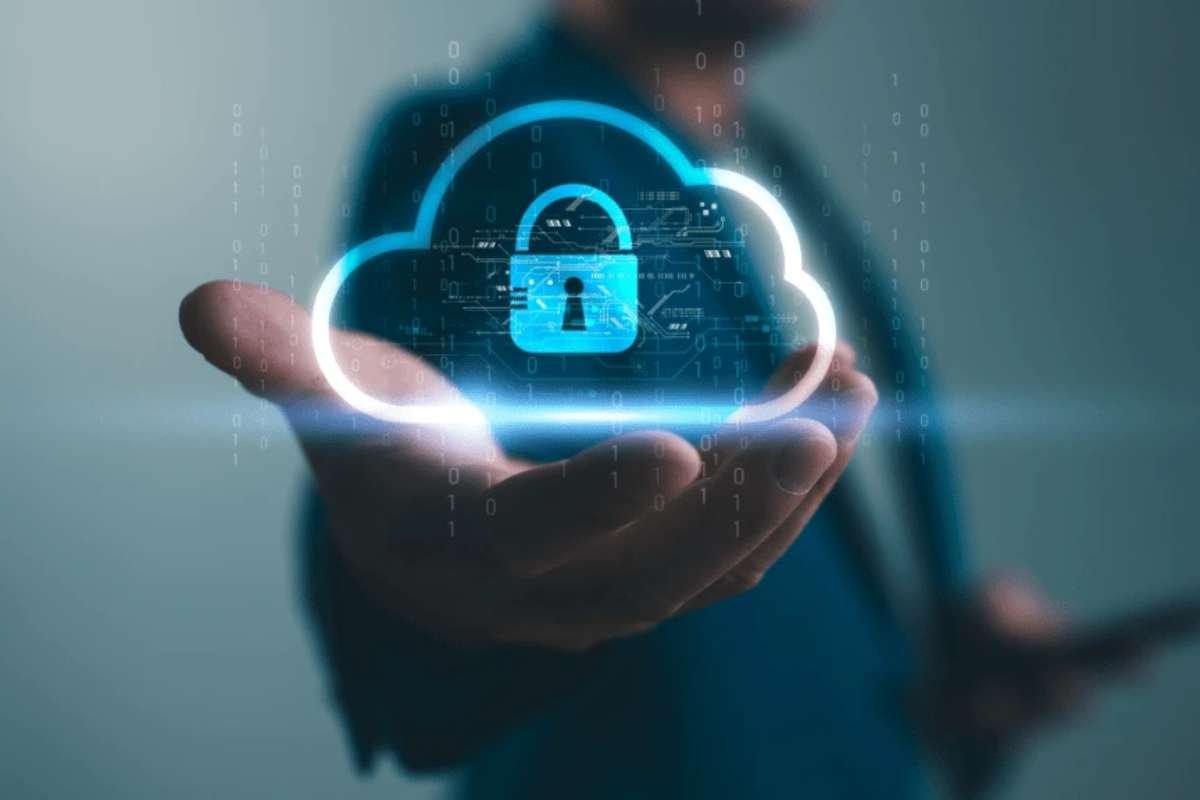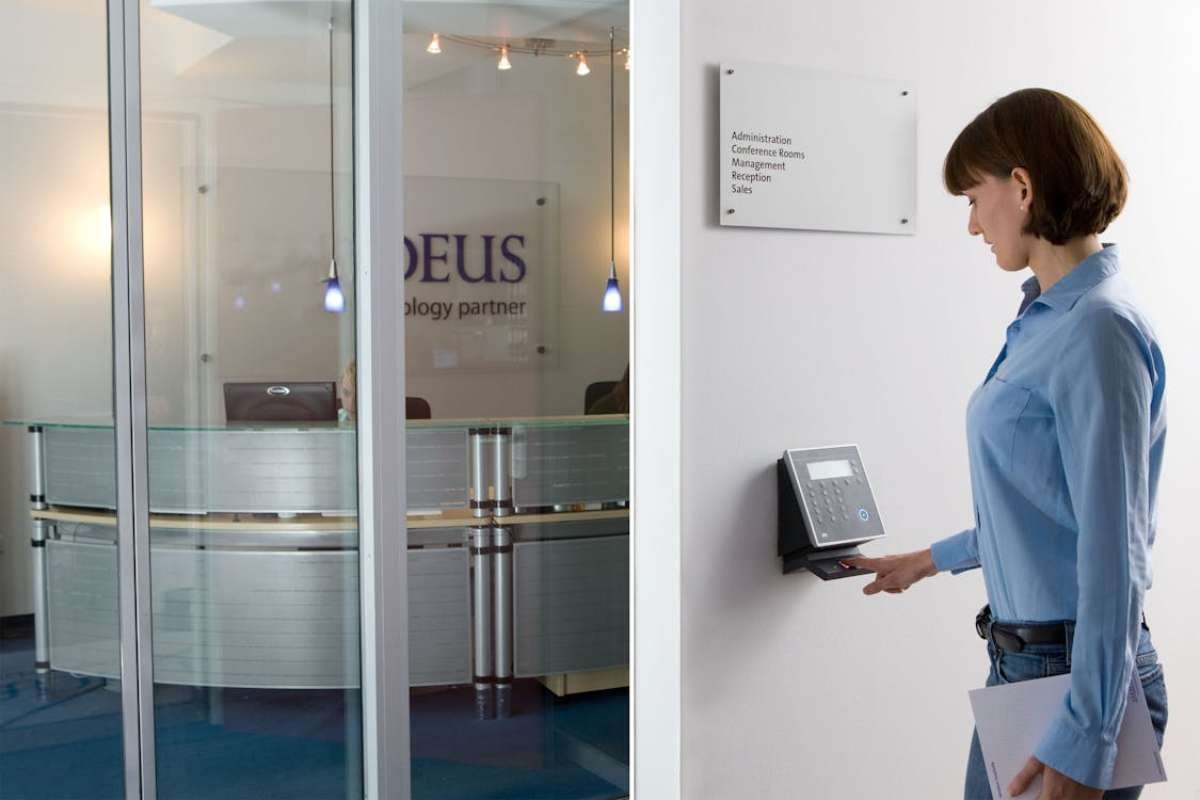In the volatile environment of modern operations, whether defense, disaster response, or expeditionary logistics, security infrastructure is no longer a fixed asset. It’s a living, responsive framework that must evolve with threat vectors and field conditions. Top CIOs are changing the security infrastructure blueprint by not just refining technology, but redefining how infrastructure lives and breathes in high-stakes settings.
Infrastructure Isn’t Static Anymore
Traditional security architecture was designed to protect centralized systems. But centralized is dead weight in the field. The forward-thinking CIOs are mobilizing encrypted environments, adaptive protocols, and zero-trust endpoints that can establish sovereignty even in the most dynamic terrain. The goal: infrastructure that follows the operation, not the other way around.
This new model requires dismantling the concept of fixed perimeters. Security infrastructure in tactical environments now begins with establishing trust where connectivity is weakest, not strongest. CIOs are adopting a “first mile” mindset: if the infrastructure can’t stand alone in the first mile, it’s not viable in the last.
Designing for Dissolution
What sets apart the new generation of infrastructure strategy is its deliberate fragility, a key indicator that CIOs are changing the security infrastructure. They are no longer designing systems to last indefinitely; instead, they’re designing them to dissolve, morph, and redeploy. This means containers that can encrypt themselves on compromise, field systems that default to denial rather than recovery, and authentication layers that adapt in real time to threat modeling.
This paradigm is forcing a reassessment of endpoint philosophy. Devices in the field are no longer extensions—they’re nodes with sovereignty, capable of asserting identity and trust autonomously. The orchestration layer becomes the quiet force: invisible, distributed, and always one step ahead of compromise.
Tactical Agility Is Now a Security Mandate

In field conditions, latency is a vulnerability. CIOs are responding by integrating security directly into deployment agility. From edge-compute clusters to mobile SOCs (Security Operations Centers), the ability to pivot fast has become the strongest deterrent against long-dwell threats.
It’s here that tactical field infrastructure finds its cutting edge. Gone are the days of scaling down enterprise solutions for field use. CIOs are specifying infrastructure built ground-up for resilience and adaptability—turnkey systems that can be spun up in terrain as inhospitable as it is unpredictable. Among these innovations, premium tactical solutions from Bifrost Gear are emerging as a key resource, delivering modular systems engineered to withstand both environmental extremes and adversarial interference.
Building with Intent, Not Just Equipment
Top CIOs are challenging assumptions about mobility, supply chain integrity, and the longevity of digital trust. In this reengineered landscape, architecture isn’t dictated by hardware specs, but by how fast an infrastructure can relocate, reestablish, and recover without escalating risk. This fundamental shift means CIOs are changing the security infrastructure itself.
That means procurement and policy need to be in sync. Licensing models that presume stable connectivity are dead weight. Encryption schemes reliant on central verification become liabilities. CIOs are pushing vendors to deliver beyond the spec sheet—to prove how systems will behave when the power grid vanishes, the uplink fails, or the threat surface doubles in minutes.
Intelligence Is Embedded

CIOs are embedding machine learning where intelligence matters most—at the edge. In the field, systems must interpret behavior, not just input. Security triggers can’t wait on uplink; they need to react in milliseconds, based on context that changes faster than traditional telemetry can report.
This evolution demands an entirely new discipline of systems thinking. Success lies not in building the most robust central server, but in deploying a thousand intelligent agents that understand risk, relevance, and authority.
Final Thoughts
CIOs are changing the security infrastructure with a focus that extends beyond incremental gains. They’re orchestrating security infrastructure that thrives in fluidity, reacts faster than human operators, and dissolves before it becomes a liability. Field-ready means threat-ready—and that doesn’t come from retrofitting the old. It’s born from strategy, architecture, and execution that know exactly where the next threat will test your limits.









